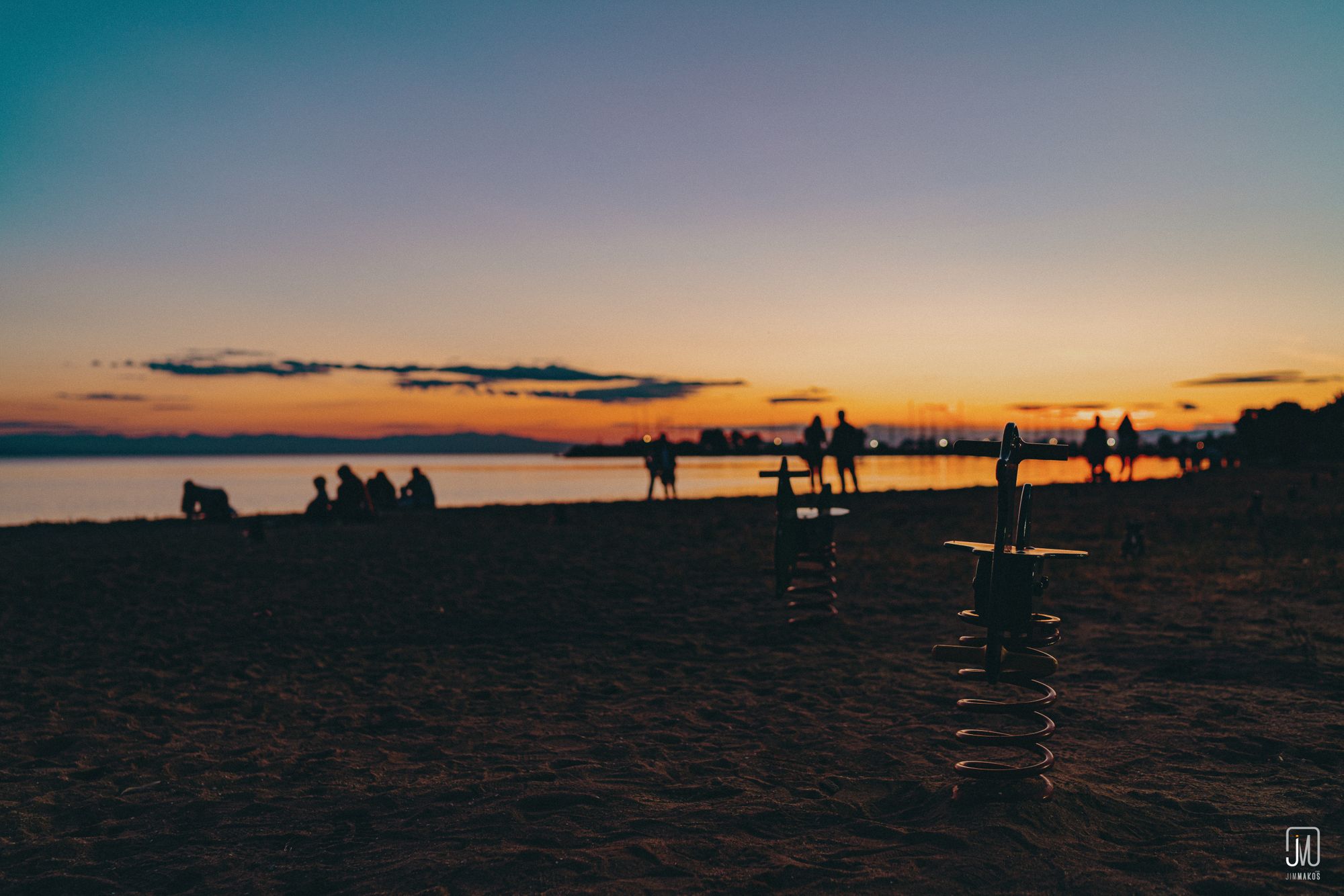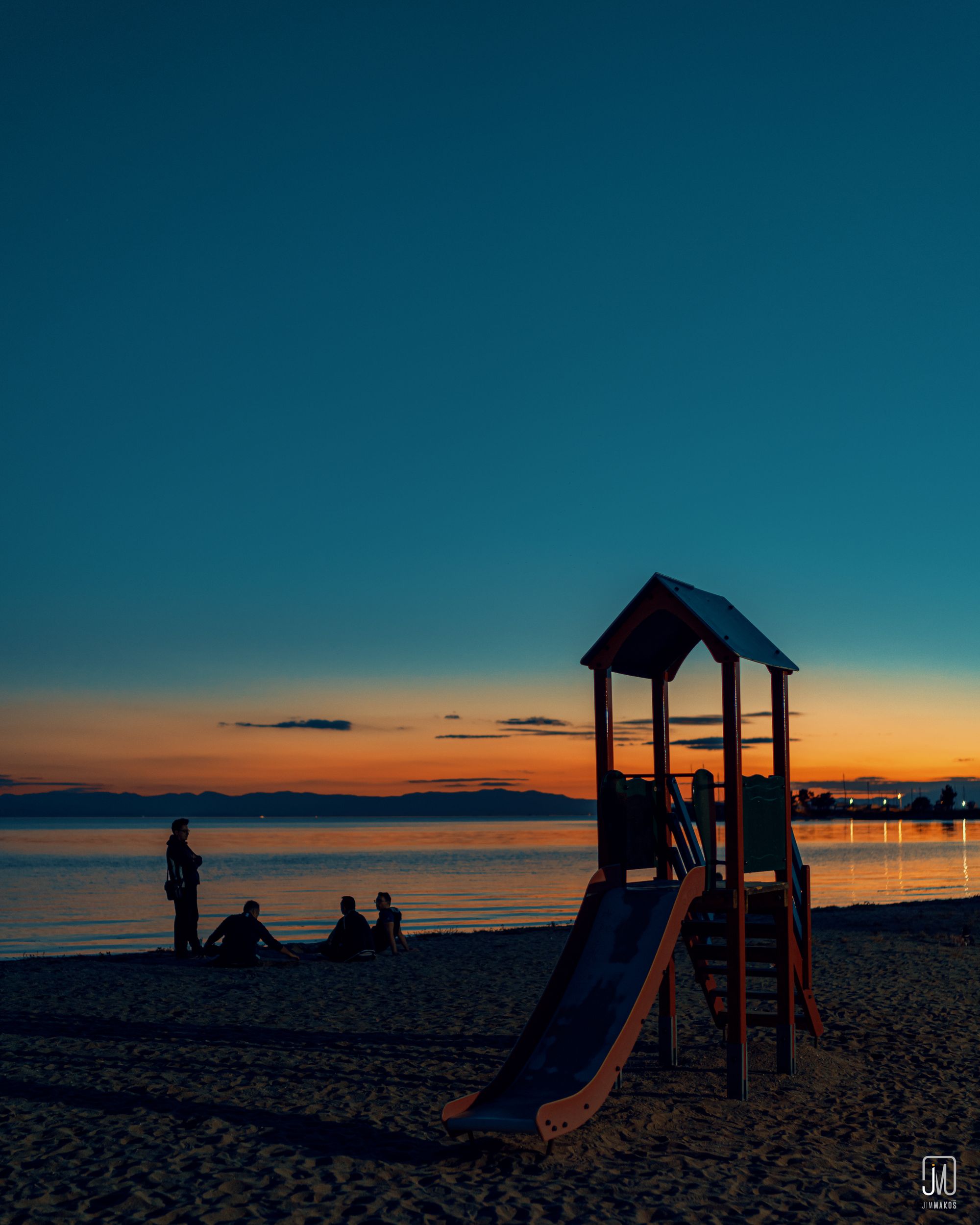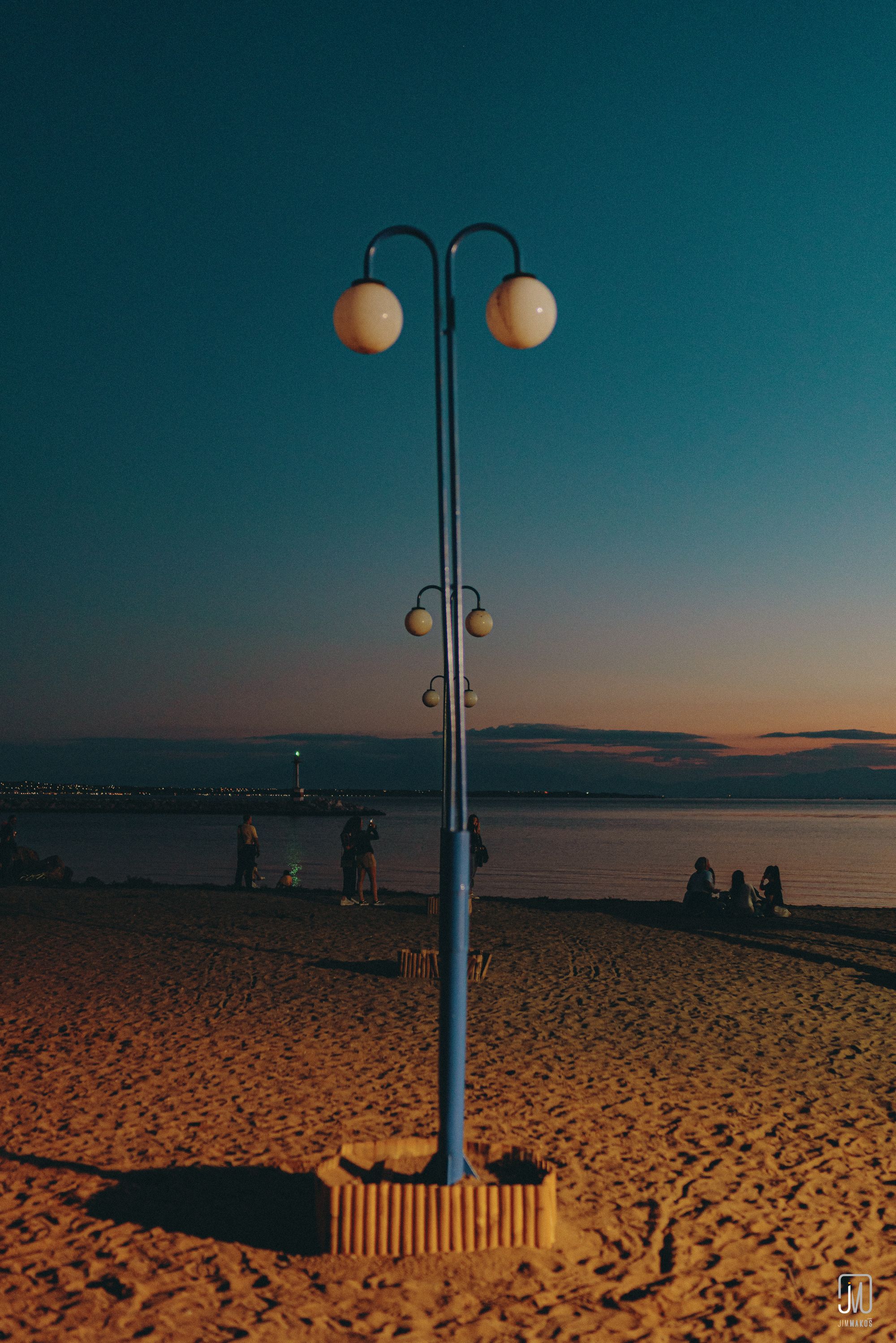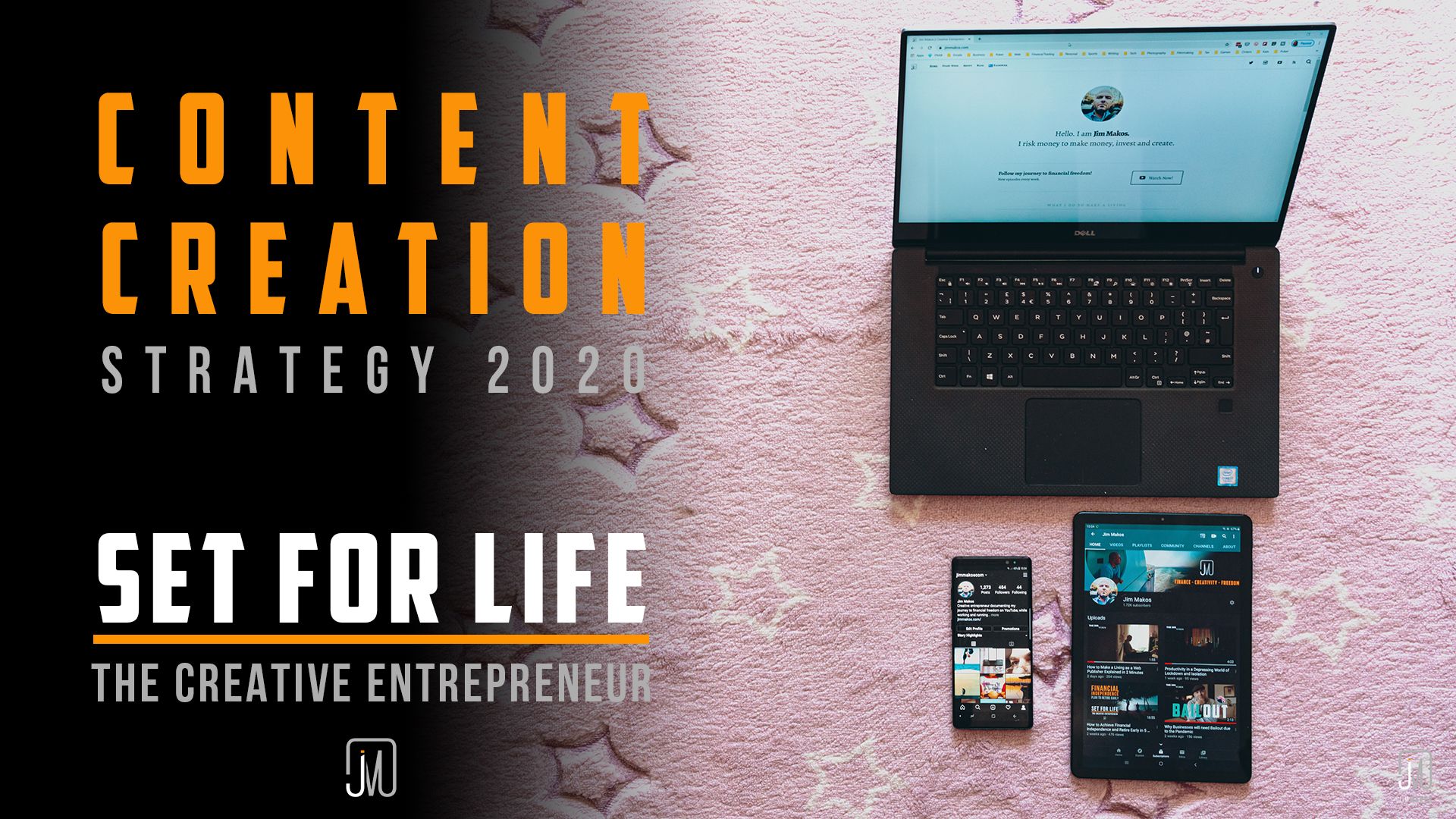In my quest to find the ideal life-work balance, I have opted to become creative and somewhat productive while spending time with the family. Hence, I always carry my cameras with me. To take pictures and shoot videos.
I might need a picture to draw attention to an article or social media post later on. I may also need footage for my YouTube videos.
So, I feel I semi-work.
But that’s not my priority. I want to be present. I don’t wish my work to consume me. I don’t shoot all the time. There are small chunks of time when I am out and about, and the family spends time with friends. So, at those moments, I’ll grab my camera out of my bag and shoot something.
Compared to sitting down and hearing stories I will forget by the end of the day, I feel I am using my time better.




Pictures tell only half the story
And now that I have imported last night’s photos and videos, what?
The plan is to archive them and use them when it’s appropriate. However, what ends up usually happening is to take photos that I will never publish. Because after all, they say a story about that very day. About last night. How can I include those pictures in another story?
In the past, I have found a few ways. Some pictures fit another topic. Some make for a beautiful backdrop.
But it’s that urge to tell the story as soon as possible.

The Best Place for Photos and Stories
How about a journal? A sort-of diary? And what's better place of a personal website? A website that I'm really excited to create content for. Further building on a personal brand.
I used to upload photos on Flickr. I am a $50/year subscriber there. We get called “Pros”. Well, it’s better than “Experts” I suppose.
When renewal notification came up every year, I was questioning if I should quit Flickr.
I am not selling my photos; I’m not creating photo books. I allow people to use my pictures on their blogs, websites, or anywhere else they desire for free, as long as they link back to the original.
No rights reserved, no obligations. And my pictures have made it to prominent publications around the world.
At the same time, I was proud for some of my best photos and I was looking for feedback. Getting them on the Flickr Explore page has been the epitome of excitement.
While Flickr’s presentation is the best I’ve found, it’s severely lacking the social aspect of other networks, like Facebook, Instagram, or Twitter. What’s the point of sharing a picture that only a few people will see? In addition, receiving urgent emails from the company complaining about their financial status doesn’t make me confident of Flickr’s future. I have already been burnt by Google+ takedown.
Sharing on the top three social networks also poses problems.
Instagram doesn't allow posting multiple pictures of different dimensions. I feel restricted. And as a person that values freedom more than anything, I hate being told how to post my pictures.
Twitter is more about text and allows posting up to four photos (although creating a thread is a workaround), while Facebook… Well, I don’t have the best feelings for Mark’s business, since they deleted one of my most popular business pages without warning. Others have had similar experience. So I don't want to add to their equity, only to watch my content taken down in a blink of an eye.
Thus, what’s a better place than this very website of mine where I control everything?

Journal’s biggest benefit for a content creator
Now, people have problems. They want solutions to those problems. And an online journal rarely provides solutions.
But a journal can make the creator’s relatable.
While not providing a ground-breaking solution, a journal entry may show a struggle that you, the reader, may find all too familiar. And perhaps it’s the start of a conversation that will lead to solving an actual problem.
One can only hope.
That’s why I wrote these lines in-between the photos I took last night.
I didn’t want to write a script for a video. I didn’t want to post photos on rule-based social media.
I wanted to write a block of text on my own rules. To share immediate thoughts, document life, and create my first journal’s entry. To write a story from my heart. Thank you for reading it!






